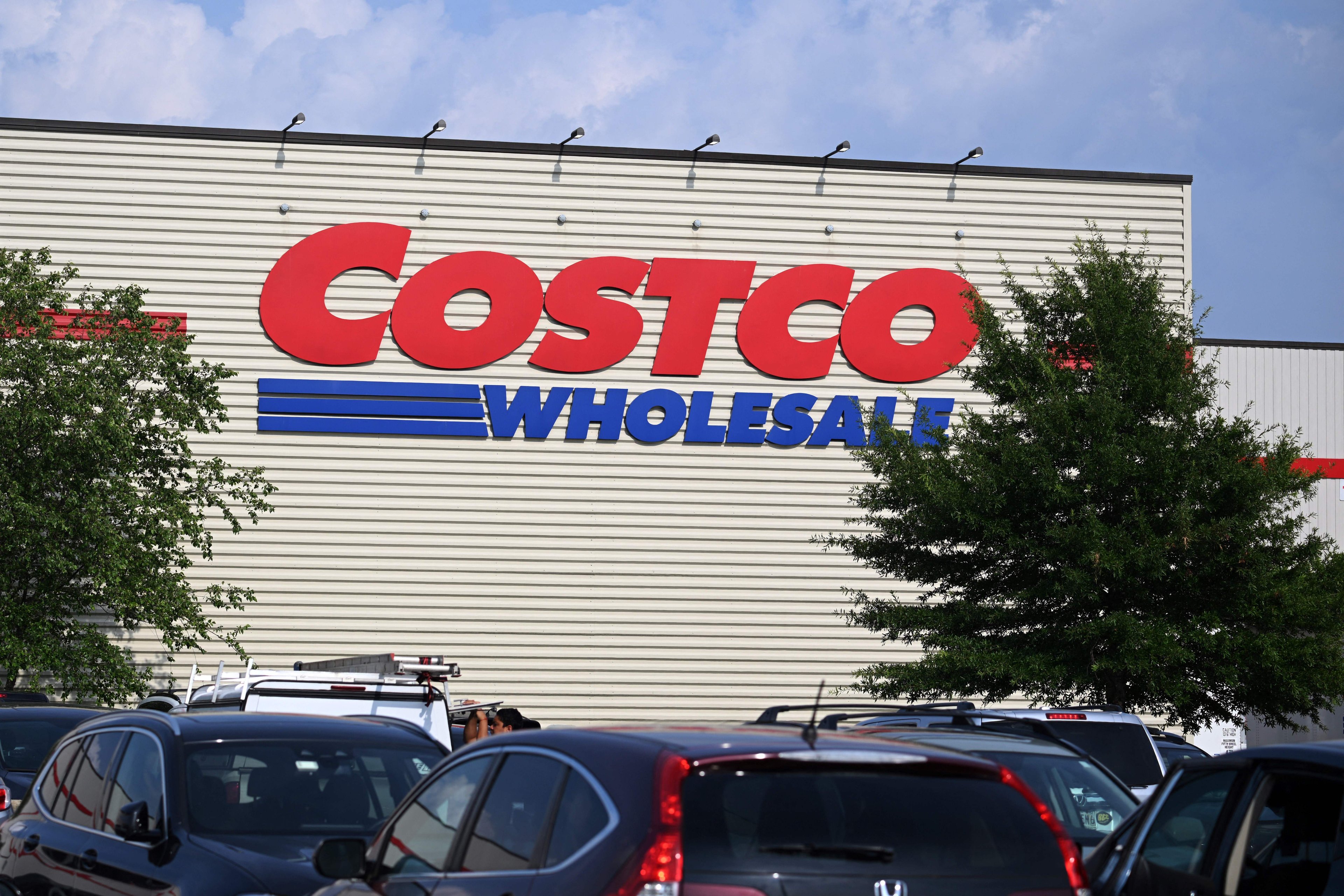The earnings reports this week by retailers that stayed open through the COVID-19 pandemic have surpassed many investors' high expectations. Walmart (WMT +1.30%), Target, and Lowe's all announced record sales growth despite more-limited operating hours. The companies took the opportunity to further establish their multichannel selling platforms and cement their positions as essential shopping outlets.
BJ's Wholesale (BJ 0.30%) was no exception to those positive trends, reporting on Thursday that e-commerce sales jumped over 300% to push comparable-store sales far higher in the first quarter of 2020.
Let's look at those metrics with an eye toward what they might mean for the upcoming earnings report from Costco (COST +1.05%), due out on Thursday, May 28.

Image source: Getty Images.
Booming sales growth
BJ's comps (excluding gasoline sales) soared 27% year over year during the COVID-19 disruption after having risen by less than 1% in the prior 12 months. That result blew past the 10% spike that Walmart's Sam's Club reported earlier in the week.
Like Sam's Club, BJ's business benefited from surging demand in the digital channel, which rose 350%. Costco already revealed a more modest bump, saying in early May that its e-commerce sales rose 90% in April. The bigger trend to watch on Thursday is Costco's customer traffic. Transactions jumped 12% at Sam's Club in the quarter as members turned toward bulk shopping. A similar spike for Costco would show steady market-share growth through a challenging selling environment.
Pressured margins
BJ's reported solid membership-fee income growth of over 8%, yet profitability was pressured by a few COVID-19-related issues that might show up in Costco's report. BJ's saw demand shift away from seasonal apparel early in the quarter, for one. It also lost high-margin revenue from temporarily closed ancillary services like the food court and optical center. Gasoline sales slumped as well.
These challenges pushed gross profit margin down, as operating costs rose due to increased wages and higher cleaning and sanitation expenses. Costco shareholders should brace for a similar hit to the warehouse giant's gross and operating profit margins next week.
Key differences
Two major differences between BJ's and Costco's business will ensure gaps between their relative performances in the quarter. BJ's is a smaller retailer with no exposure to regions like the West Coast, and that focus likely amplified its sales volatility in recent weeks. As a result, Costco's comps growth might land in the high single digits rather than shooting up by nearly 30%.
Costco also sells a higher proportion of consumer discretionary products like electronics, home appliances, and garden and patio equipment. If Walmart's recent sales results were any guide, that factor might have produced a big demand boost for Costco late in the quarter and into the start of the fiscal third quarter that began in mid-May. Walmart noted surging sales volumes for products like televisions and home furnishings, especially in late April and early May.
As a result, look for Costco executives to make some cautiously optimistic comments about the chain's growth opportunities as it wraps up its fiscal year and starts planning for fiscal 2021.








